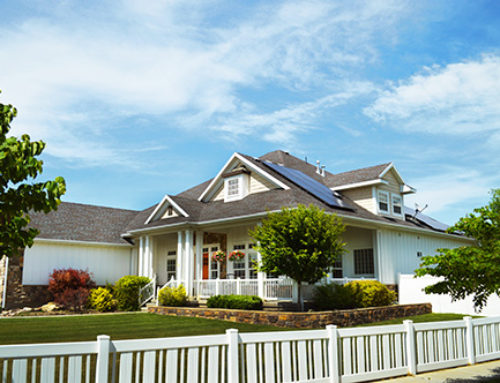As we move towards the years, thousands of homeowners across the country are considering installing a solar system to both save money on their electric bill and live a more sustainable lifestyle.
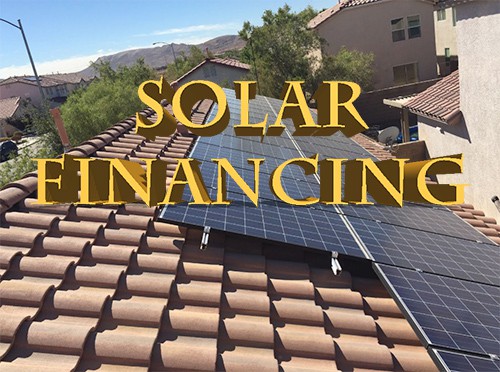
New technologies like a solar panel roll and others are improving system efficiency while at the same time lowering the price. One of the most important things to consider when getting a solar system are the various solar financing options that are available and which one is best for your situation.
So, what things should you consider before financing a solar system?
- How Much Do Solar Systems Cost?
- What Does A Solar System Need In Addition To Solar Panels?
- What Are Ways You Can Finance A Solar System?
- What Companies Offer Solar Financing?
- What Incentives Are Available To Make Solar More Cost Effective?
- How Long Until You See A Return On Your Investment?
How Much Do Solar Systems Cost?

Solar systems can have a wide range of costs depending on the technology that you purchase. Newer technology may be more expensive than older technology but it may also produce more energy for your home. These are the types of cost analysis that you must perform in order to make the most informed decision about solar. An effective way to view the cost of solar is by looking at the cost in dollars per watt. A good rule of thumb for residential solar is it is roughly three dollars per watt. This means that a 3 kilowatt, or 3,000 watt system would cost roughly $9,000. This price of course can be higher or lower depending on what type of technology you select. For example, high density solar panels which produce more energy per square foot will be far more expensive than an older panel that may not operate as efficiently.
What Does A Solar System Need In Addition To Solar Panels?
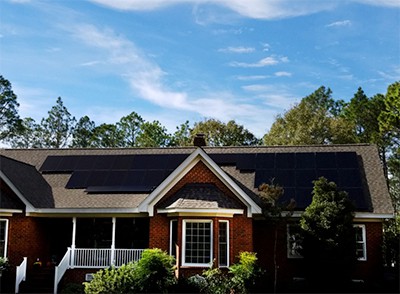
In addition to solar panels, the three dollars per watt price previously mentioned includes a variety of other components that it takes to have a properly functioning solar system. These include things like an inverter, racking, permitting, wiring, and financing costs. An inverter is the device that allows the direct current generated by a solar array to be switched to alternating current which is the type of electricity that comes out of the outlets in your home. Racking is the system that holds the solar panels in place. It is usually made of either steel or aluminum and is attached directly to the roof of your home. Additionally, some local governments will require you to pay for a permit or an inspection in order to install your solar system. Also, wiring will need to be purchased so that the electricity generated by the solar system can transferred to your home. Finally, various solar financing options require you to pay financing fees or interest. When all of the costs that go into a solar system are considered, homeowners can get a much more accurate idea of how much their particular solar system will cost.
What Are Ways You Can Finance A Solar System?

There are many things to consider when financing a solar system. Ar you going to buy or lease? Are you going to lease to own or would you consider buying after lease terms have concluded? Is a solar loan right for you or is cash to you leasing the system the right choice? First, one of the most common ways to finance a solar system is through a loan. This way, you can pay back the value of the system over time. Next, you can have the power over purchase of the system by putting all the money down up front. Next, you can look into buying after lease terms have expired. This allows you to now pay a reduced price for the system because you have already made so many lease payments. Additionally, a zero down solar option may be right where you can put no money down on a solar system and pay an agreed upon price per kilowatt-hour generated. Whether you buy or lease a solar system or make an outright purchase, make sure that you select the proper option for your specific situation.
What Companies Offer Solar Financing?
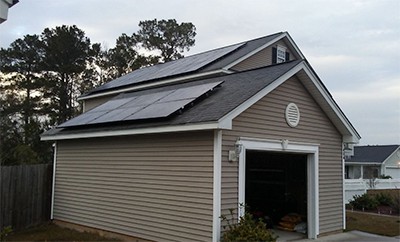
There are many companies that will offer solar financing to all homeowners, regardless of their state of residence. In a lease vs rent scenario, banks like Green Sky Credit, EnerBank USA and Medallion Bank will provide financing to anyone who qualifies. Other banks which finance solar systems to everyone in the United States includes Admirals Bank, AmeriFirst and Mosaic. There are hundreds of other banks that choose to finance solar systems in particular states ranging from partial purchases with cash to you leasing the full system.
Do You Need A Good Credit Score To Finance Solar?
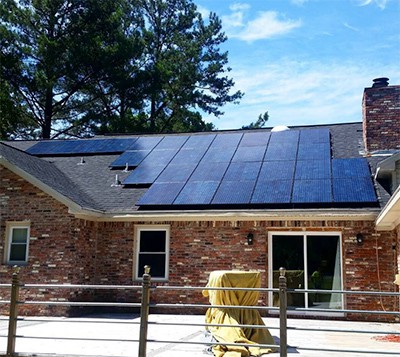
While a credit score is not the only thing that solar companies will consider when you are financing a system, it certainly does play a role in the final decision. Typically, finance companies want to see a credit score of at least 660 before signing off on the loan. Luckily, if you were to outright purchase your solar system, there would be no need for a loan which means your credit score won’t matter. Something like zero down solar may mean you have to have better credit than if you were to purchase vs buy the solar system. The key is to select the option that best fit your needs.
What Incentives Are Available To Make Solar More Cost Effective?
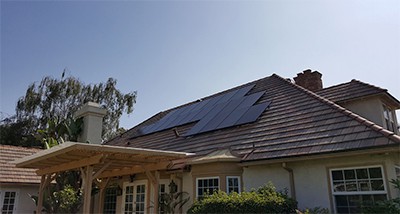
There are a variety of incentives available to homeowners which will lower the overall cost of a solar system or shorten the return on investment period. These include things like solar loans which allow homeowners to get a low interest loan when purchasing a solar system. Certain states like Massachusetts have a Mass Solar Loan which provides a similar service. Other states have similar programs to the Mass Solar Loan Program which help homeowners receive a lower cost of capital. Also, the Federal Investment Tax Credit (ITC) allows homeowners to apply a tax credit equal to 30% of the total solar system cost. This means that if you spent $9,000 on a solar system, you could apply a tax credit equal to $2,700 on the following year’s taxes. Finally, some states allow for the sale of Solar Renewable Energy Credits (SREC’s) which allows you to be given an even further incentive to own your solar system. One SREC is generated every time your solar system produces 1,000 kilowatt-hours. These SREC’s can then be sold to utilities in your state so that they can meat the renewable energy generation mandates set by your state government. By utilizing some or all of these incentives, homeowners are able to greatly reduce their total investment while receiving the exact same benefits.
How Long Until You See A Return On Your Investment?
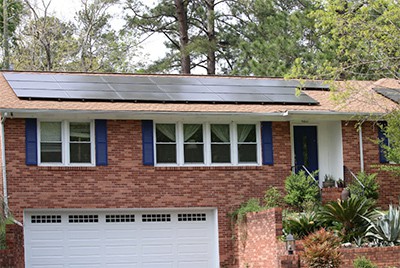
The return on your investment for a solar system are entirely dependent on what type of financing you select. A lease vs rent or purchase vs buy structure can change this time frame drastically. A basic rule of thumb for figuring out your return on investment is to first figure out your annual savings. This can be through either the elimination of an electric bill or the reduced cost of electricity that solar can provide. Once you’ve figured this out, you can compare it to the total investment you’ve made into the solar system. By dividing your total investment by your estimated annual savings, you can get a rough idea of how long it will take to see a total return on your investment. Typically, if the return on investment is under ten to fifteen years, you are getting a good deal assuming you will be living in your home for at least that long.
There are many ways to finance a solar system so that homeowners can begin to generate some of their own power and move towards a more sustainable lifestyle. By finding the option that works best for you like a lease to own or a solar loan, homeowners maximize their overall value for an energy system. Having the power over purchase of a solar panel roll or solar system gives you and your family more energy flexibility. Solar energy systems are continuing to be a more and more popular solution for homeowners that is showing no signs of slowing down.
